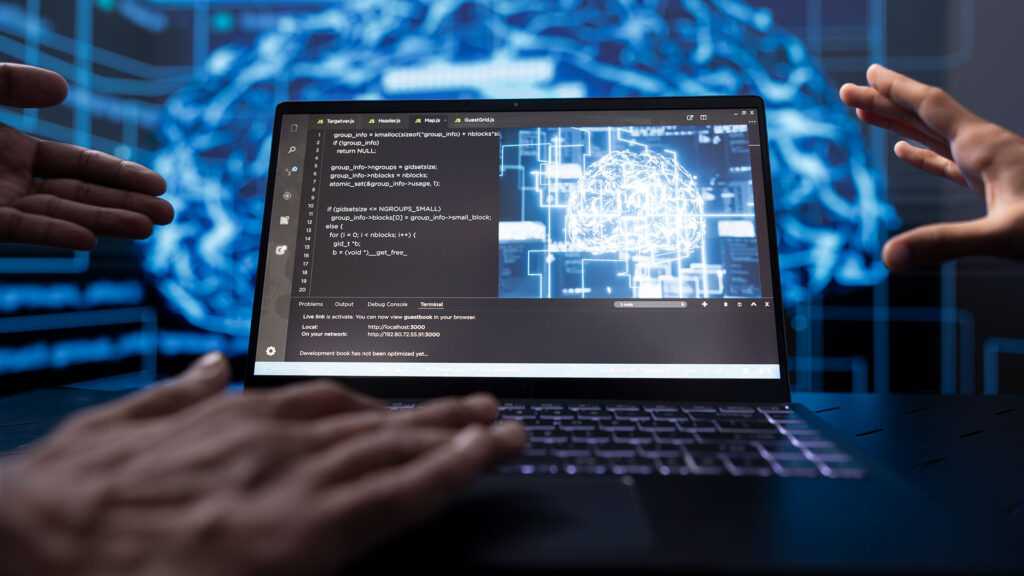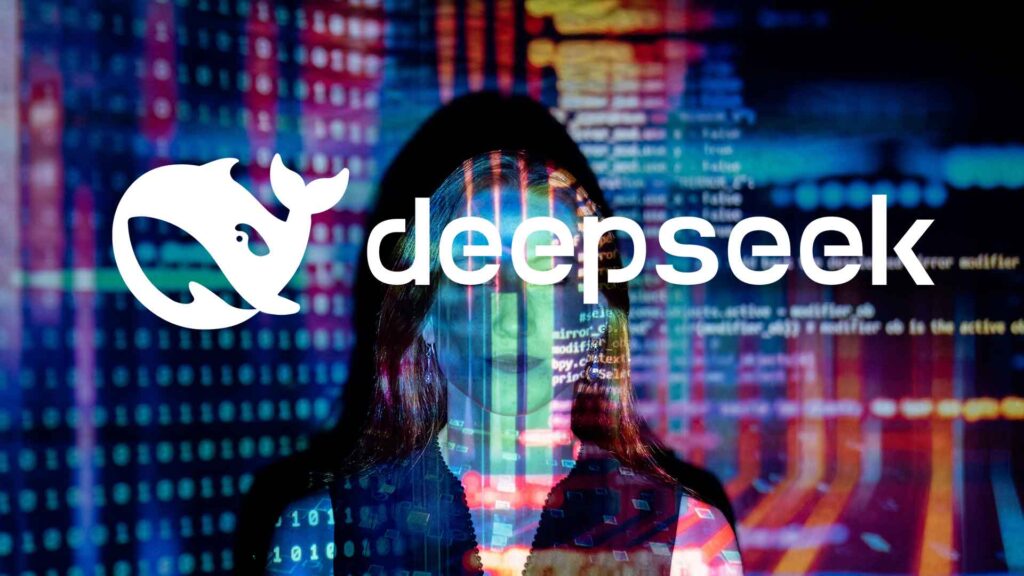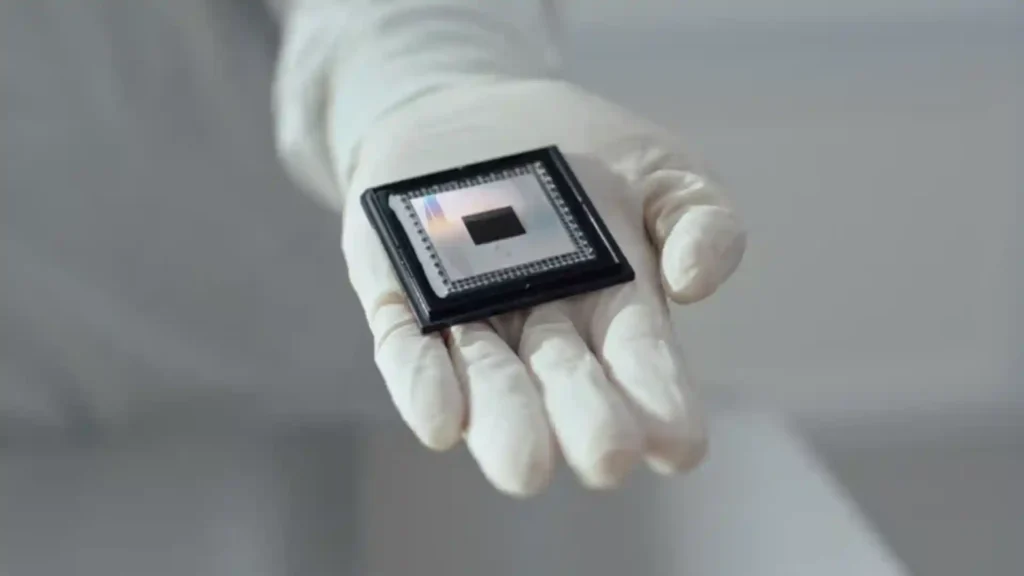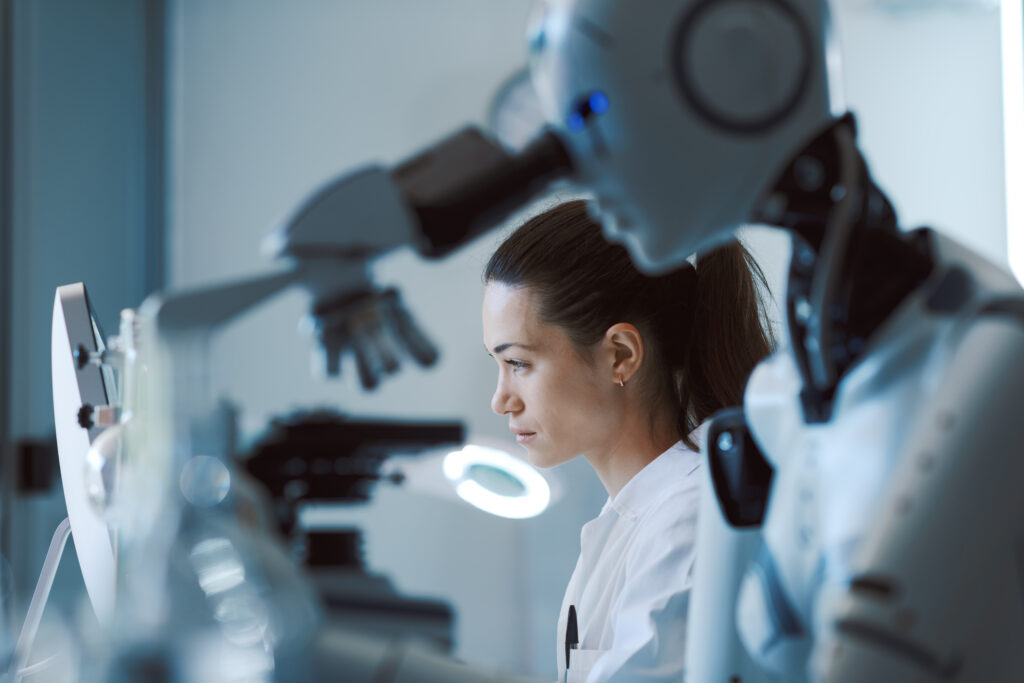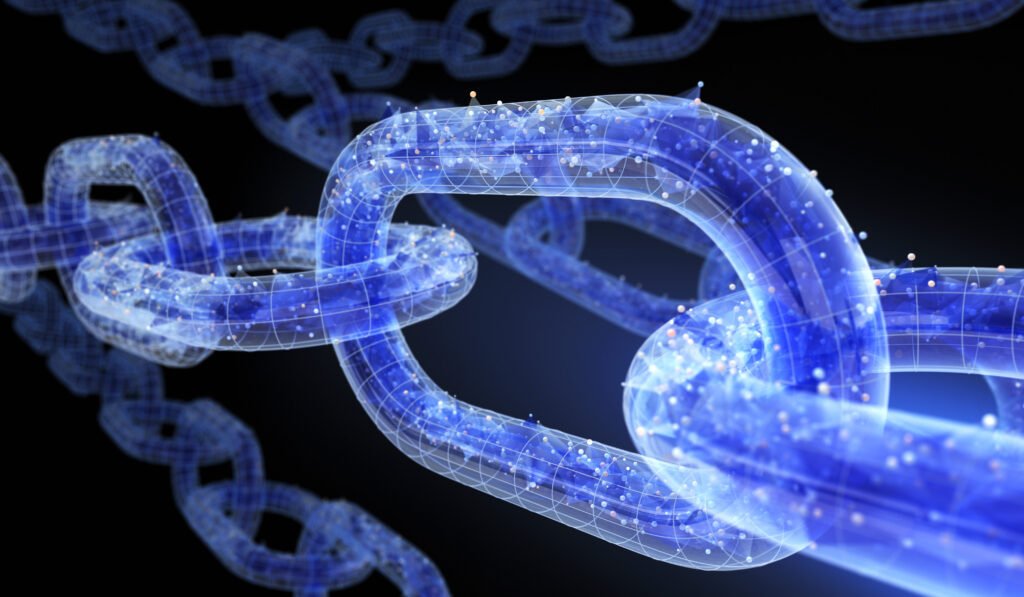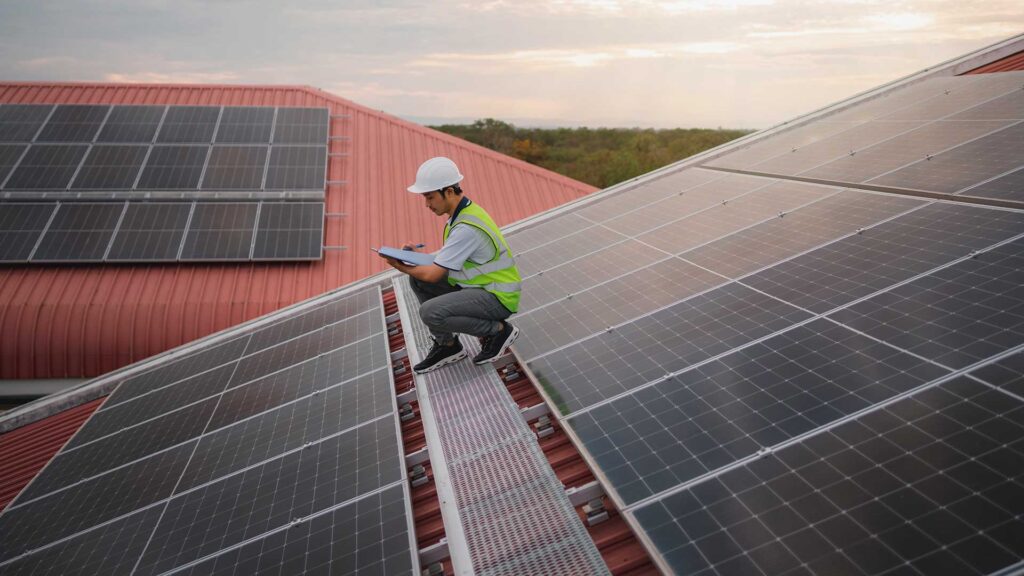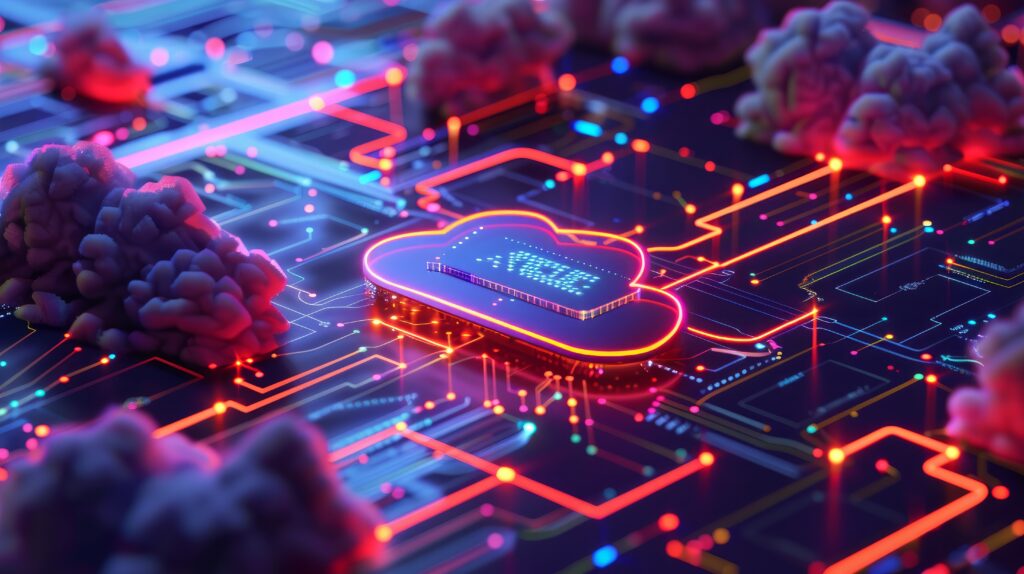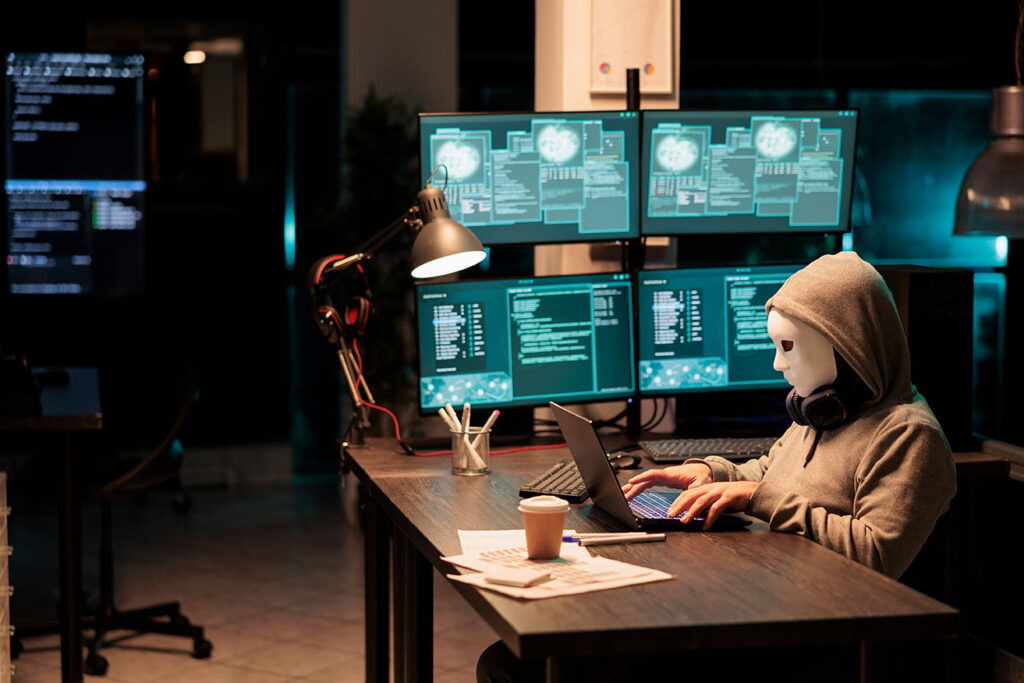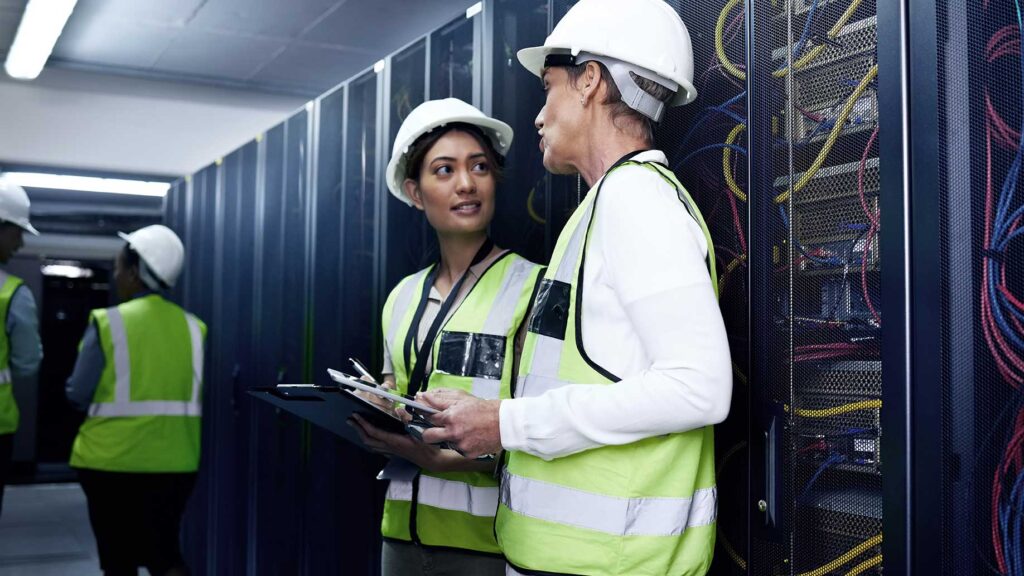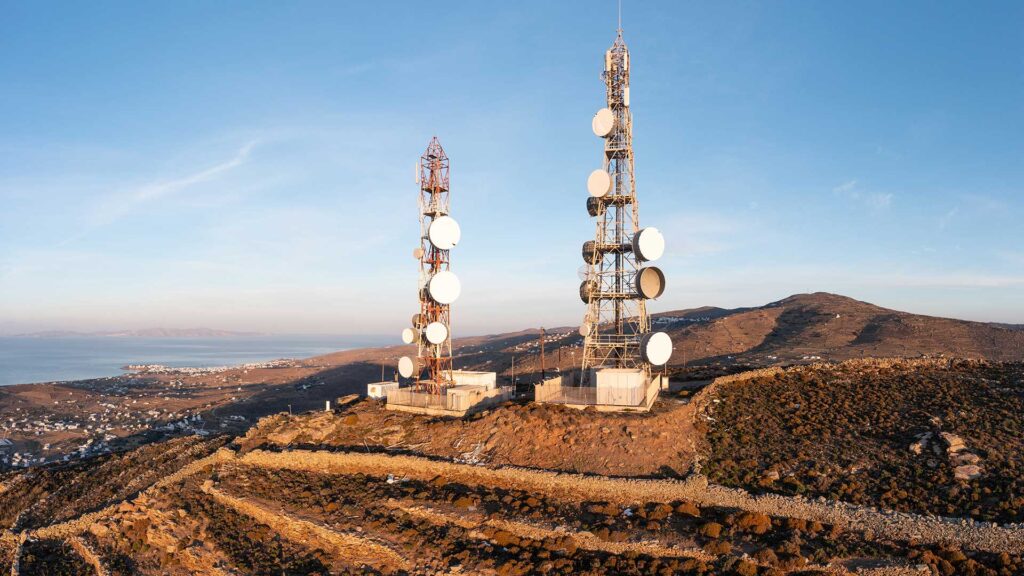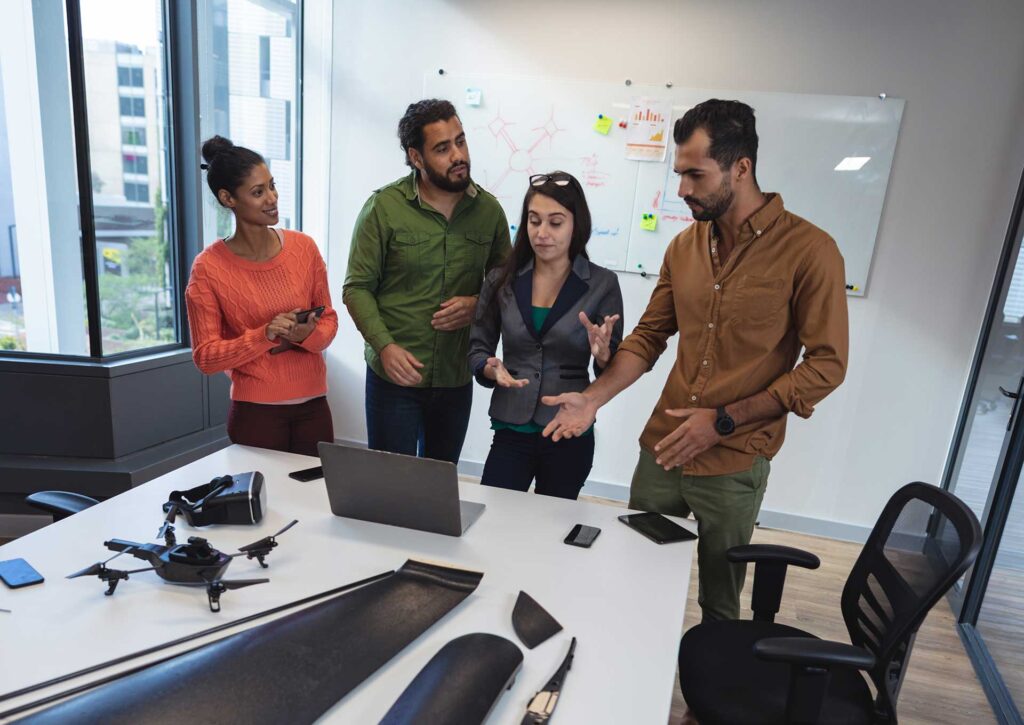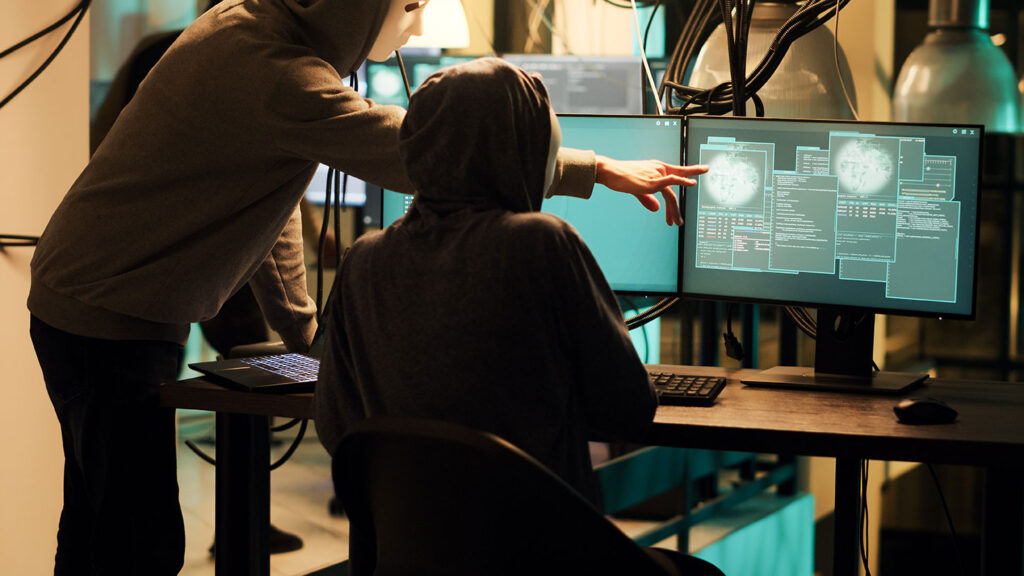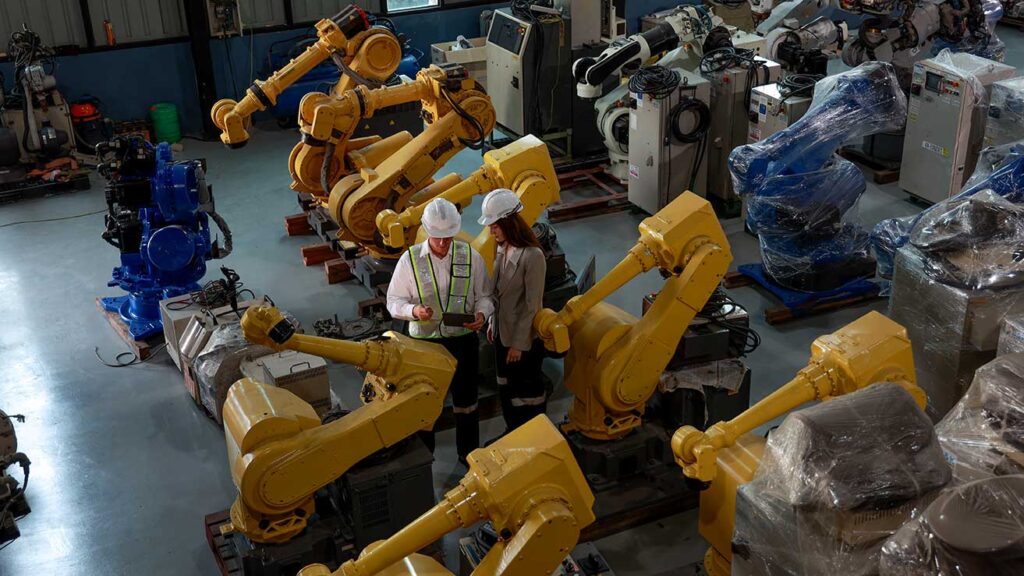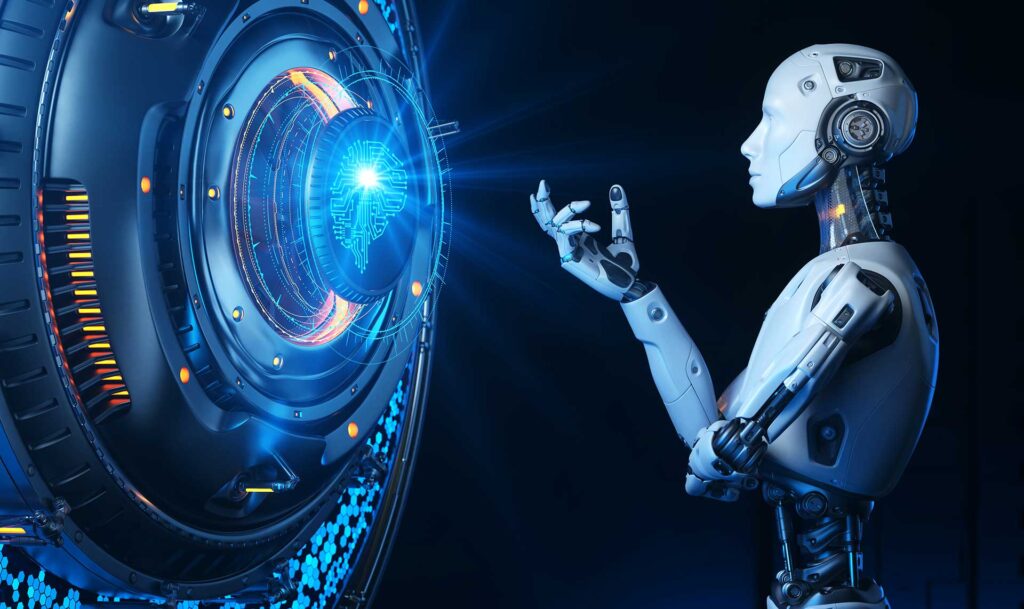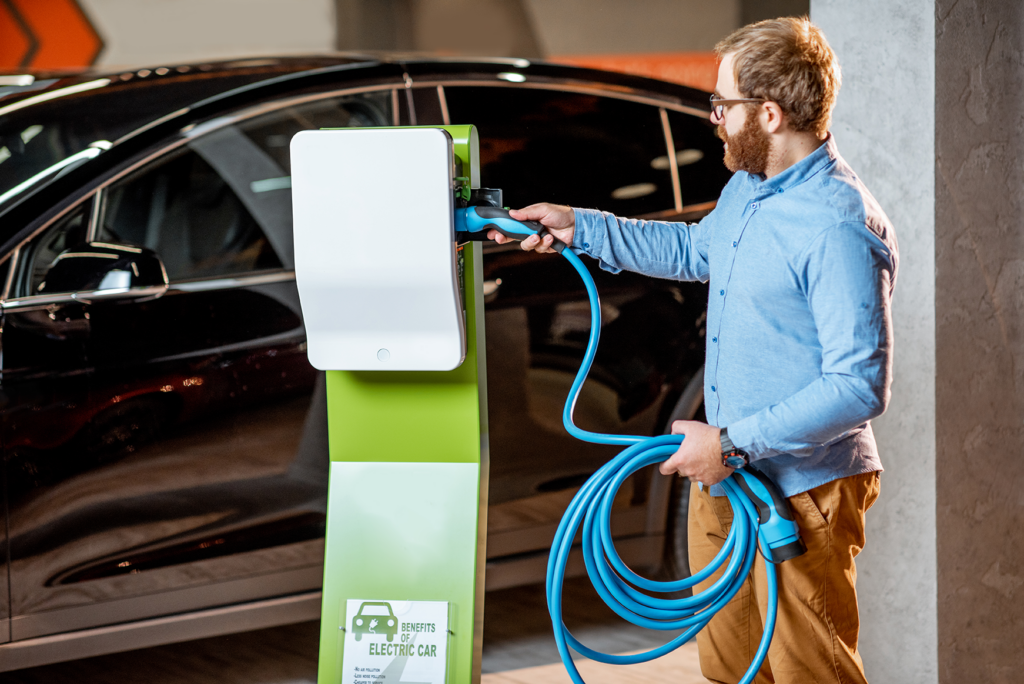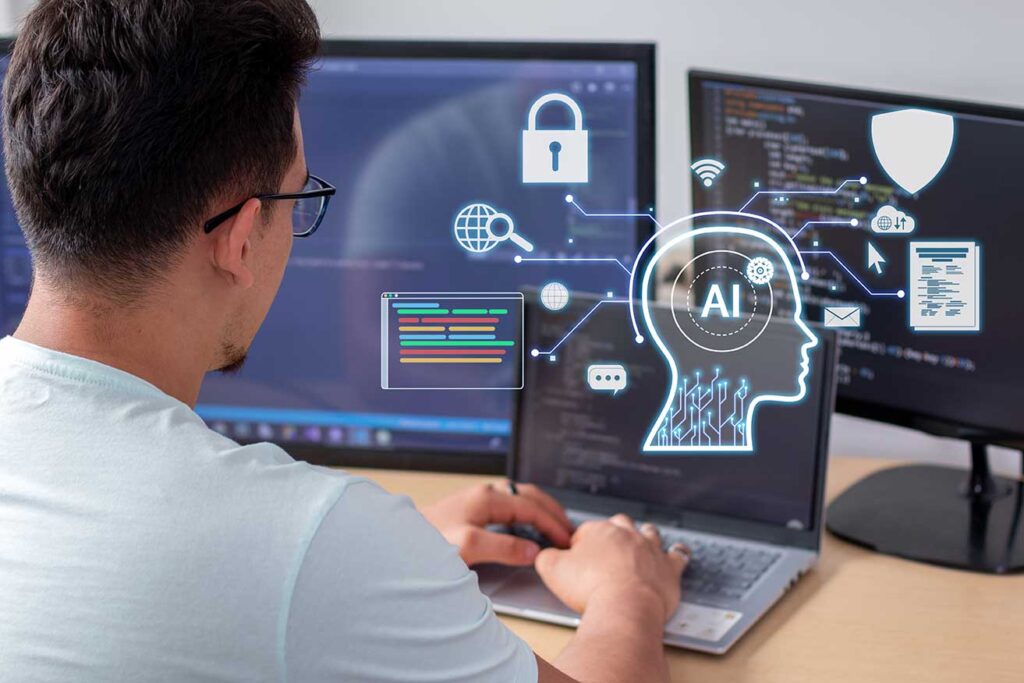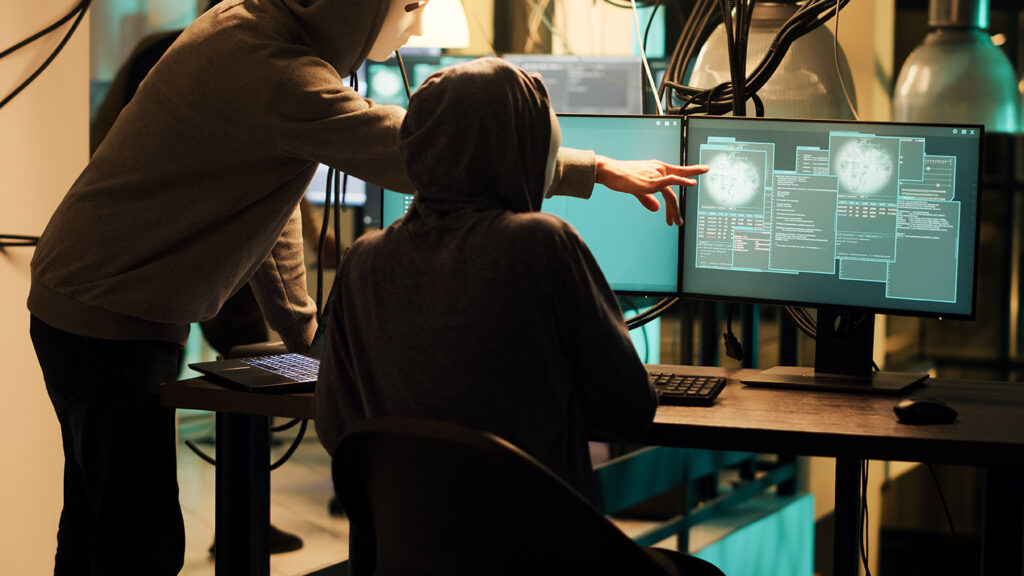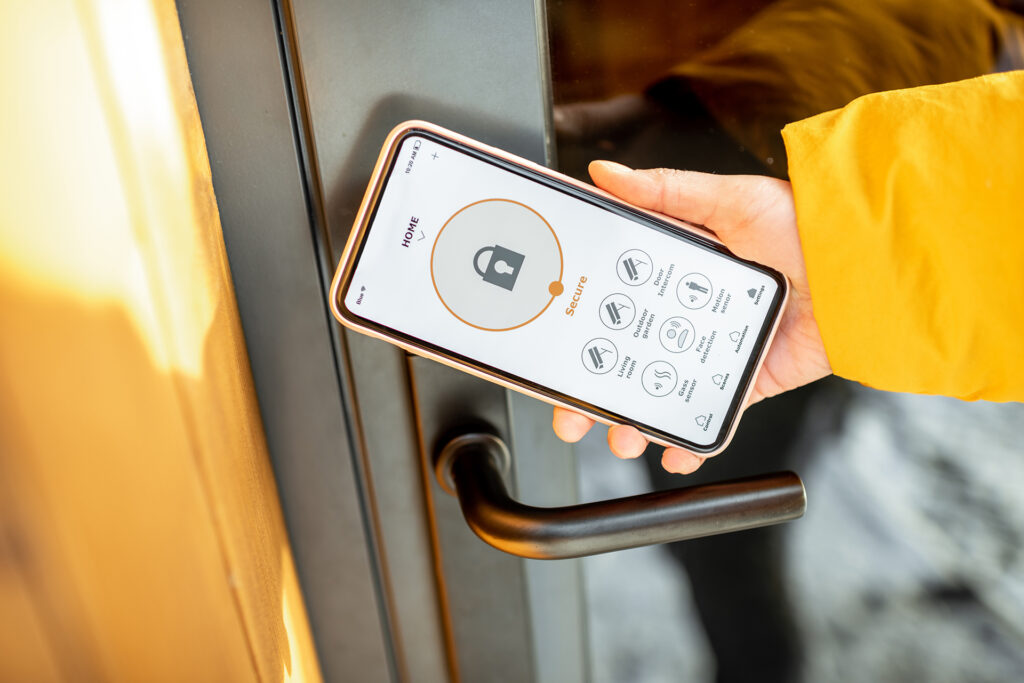Introduction to AI and Robotics

Artificial Intelligence (AI) and robotics have become fundamental drivers of modern technology. AI refers to the development of machines capable of performing tasks that typically require human intelligence, such as visual perception, speech recognition, decision-making, and language translation. Robotics, on the other hand, deals with the design and creation of robots capable of performing physical tasks autonomously or semi-autonomously. Together, AI and robotics represent a groundbreaking combination, enabling machines to interact with the physical world in increasingly sophisticated ways.
Historically, AI began as an experimental field in the mid-20th century, with early programs designed to perform specific problem-solving tasks. Robotics, too, has roots in the industrial age, with early machines used in manufacturing and assembly lines. Fast-forward to the present, and both AI and robotics have evolved dramatically, shaping industries like healthcare, automotive, logistics, and more. Today, the intersection of these two fields is pushing boundaries, with a clear trajectory toward a fully autonomous future.
2. Autonomy at Scale
One of the most exciting applications of AI and robotics is autonomy—particularly in vehicles and robots. Autonomous vehicles, from self-driving cars to drones and delivery robots, are being developed and deployed across various sectors. Advanced AI plays a crucial role here, particularly in the realms of vision systems and planning algorithms. For a vehicle or robot to navigate and make real-time decisions, it must “see” the world around it, interpret the data, and act accordingly. AI-powered vision systems enable machines to detect objects, recognize patterns, and make decisions based on their surroundings.
Planning algorithms further enhance autonomy by allowing these machines to map out routes, avoid obstacles, and optimize tasks in real-time. Underlying all of this is efficient inference hardware—powerful processors that allow AI systems to operate at the speed and scale necessary for autonomy. This technology enables autonomous vehicles and robots to function efficiently in real-world environments, whether it’s a self-driving car navigating city streets or a robot sorting packages in a warehouse.
3. The Future is Autonomous
The vision of autonomy goes beyond just convenience; it is also about creating a more sustainable and efficient future. Autonomous technology has the potential to democratize transportation, making it more accessible, affordable, and environmentally friendly. For instance, self-driving cars could reduce traffic congestion, lower emissions, and offer safer, more reliable transportation for all. Delivery robots and drones could optimize logistics, reducing delivery times and costs while lowering the carbon footprint of the transportation industry.
Currently, we are already seeing autonomous technologies in action. Companies like Tesla, Waymo, and Nuro are leading the charge with self-driving cars, while robots from companies like Starship Technologies are being used to deliver groceries and packages in urban environments. These technologies are just the beginning—there is a vast horizon of potential applications, from autonomous farming to fully automated cities.
4. Autonomy for All
The future of AI and robotics is set to transform society with fleets of autonomous vehicles and robots operating seamlessly across various domains. Imagine a world where autonomous vehicles are not just a luxury but a common aspect of everyday life. Whether it’s a shared fleet of electric self-driving cars or robots performing essential tasks in hospitals, factories, and homes, the possibilities are endless.
This shift will undoubtedly have a profound impact on society. On the one hand, it could lead to job displacement in sectors like transportation, delivery, and manufacturing, where human labor is currently prevalent. On the other hand, autonomy could lead to significant safety improvements and environmental benefits, reducing accidents caused by human error and cutting emissions by optimizing transportation networks. Autonomous technology also has the potential to create new industries and job opportunities in fields like AI development, cybersecurity, and robotics maintenance.

5. Experience Full Self-Driving
A prime example of cutting-edge autonomous technology is Tesla’s Full Self-Driving (FSD) system. Tesla has been at the forefront of the push toward full autonomy, with its FSD technology allowing its vehicles to navigate roads, change lanes, park, and even drive themselves under certain conditions. The user experience of Tesla’s FSD is often described as seamless, with drivers able to engage the system for a hands-free driving experience in various scenarios.
For those considering experiencing FSD firsthand, Tesla offers demo drives that allow users to witness the technology in action. Financially, purchasing or leasing a Tesla with FSD comes with varying costs. For instance, leasing a Tesla Model 3 Long Range Rear-Wheel Drive could cost around $412 per month, before estimated gas savings of $83 per month. Buying the same vehicle with FSD might involve a monthly payment of $612 over 72 months. While the upfront costs may seem high, the long-term savings on fuel, maintenance, and potential insurance discounts could offset the investment.
6. Challenges and Considerations
Despite the progress made in AI and autonomous systems, there are still significant challenges to achieving full autonomy. From a technical perspective, sensor limitations and the complexity of real-world environments present hurdles. Autonomous systems rely on sensors like cameras, radar, and LiDAR to “see” their surroundings, but these technologies are not flawless—adverse weather conditions, sensor malfunctions, and unexpected obstacles can still pose challenges for AI decision-making.
Moreover, the ethical and legal implications of autonomy cannot be overlooked. Autonomous systems raise important questions around accountability, especially in the case of accidents or malfunctions. Who is responsible when an autonomous vehicle is involved in a crash? How do we ensure that AI systems respect privacy, especially in situations where they are collecting vast amounts of data? Governments and regulatory bodies around the world are grappling with these questions, striving to strike a balance between innovation and public safety.
7. Conclusion
The future of AI and robotics is undeniably autonomous. As technology continues to advance, we can expect to see more widespread adoption of autonomous vehicles, robots, and other systems that will reshape the way we live, work, and move. The road ahead is filled with both opportunities and challenges, but one thing is certain—autonomous technology is here to stay.
To stay informed and engaged with these advancements, we must continue to learn, question, and contribute to the ongoing conversation about AI, robotics, and autonomy. As individuals and society as a whole, our understanding and approach to these technologies will define the future.


 English
English 



